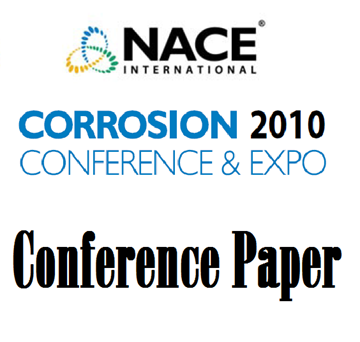Search
Chemical Inhibitors
View as
Sort by
Display
per page
02274 EFFECTIVENESS OF CORROSION INHIBITORS IN RETARDING PROPAGATION OF LOCALISED CORROSION
Product Number:
51300-02274-SG
ISBN:
02274 2002 CP
Publication Date:
2002
$20.00
02276 WHY CORROSION INHIBITORS DO NOT PERFORM WELL IN SOME MULTIPHASE CONDITIONS: A MECHANISTIC STUDY
Product Number:
51300-02276-SG
ISBN:
02276 2002 CP
Publication Date:
2002
$20.00
02288 EVALUATION OF INHIBITOR PERFORMANCE FOR PROTECTION AGAINST LOCALIZED CORROSION
Product Number:
51300-02288-SG
ISBN:
02288 2002 CP
Publication Date:
2002
$20.00
02405 A CONVENIENT, LOW COST LABORATORY PROTOCOL FOR SCREENING SCALE INHIBITORS
Product Number:
51300-02405-SG
ISBN:
02405 2002 CP
Publication Date:
2002
$20.00
06442 POSSIBLE GLYCOL CORROSION IN NOMINALLY DRY GAS PIPELINES
Product Number:
51300-06442-SG
ISBN:
06442 2006 CP
Publication Date:
2006
$20.00
07301 MIGRATING CORROSION INHIBITORS FOR REINFORCED CONCRETE STRUCTURES
Product Number:
51300-07301-SG
ISBN:
07301 2007 CP
Publication Date:
2007
$20.00
09479 Erosion-Corrosion Failure of a Carbon Steel Pipe Elbow - A Case Study
Product Number:
51300-09479-SG
ISBN:
09479 2009 CP
Publication Date:
2009
$20.00
10049 Deactivation of Industrial Water Treatment Biocides
Product Number:
51300-10049-SG
ISBN:
10049 2010 CP
Publication Date:
2010
$20.00
10402 THPS Degradation in the Long-term Preservation of Subsea Flowlines and Risers
Product Number:
51300-10402-SG
ISBN:
10402 2010 CP
Publication Date:
2010
$20.00
10407 Compatibility of Tetrakis (Hydroxymethyl) Phosphonium Sulfate (THPS) and Ammonium Bisulfate (ABS)
Product Number:
51300-10407-SG
ISBN:
10407 2010 CP
Publication Date:
2010
$20.00
51315-5447-Mystery of SAGD Produced Gas Corrosivity and Corrosion Mitigation Strategy
Product Number:
51315-5447-SG
ISBN:
5447 2015 CP
Publication Date:
2015
$20.00
51315-5646-Structure and Stoichiometry of Mixed Divalent Metal (Ca²+/Mg²?+Sr²+/Ba²+) Phosphonate Scale Inhibitor Complexes
Product Number:
51315-5646-SG
ISBN:
5646 2015 CP
Publication Date:
2015
$20.00












